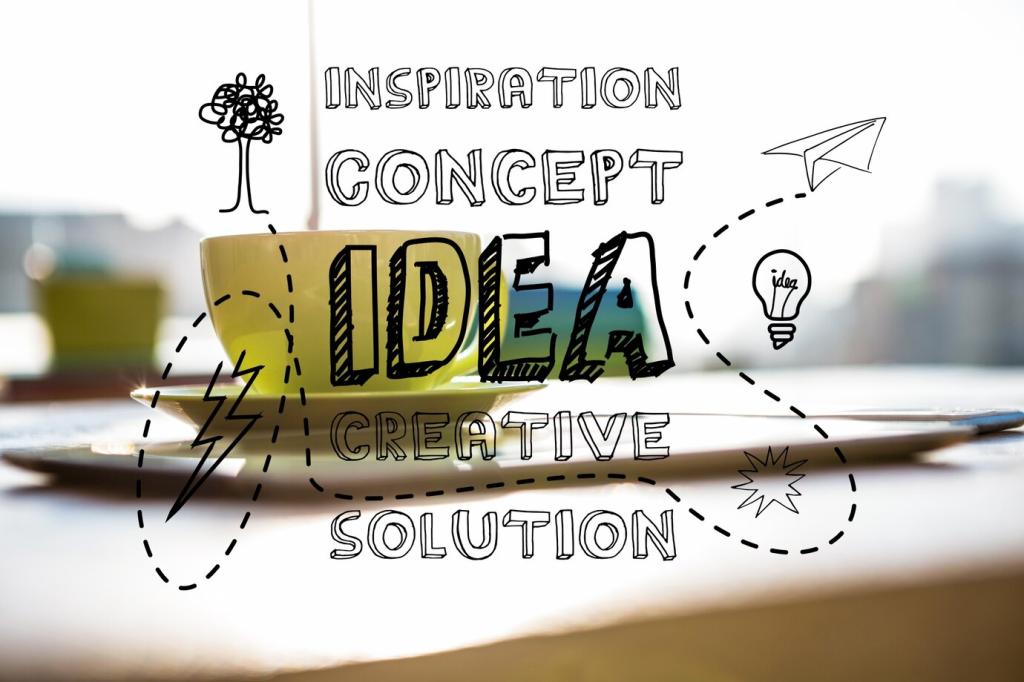Write Captions that Direct the Eye and Add Meaning
Instead of “oak shelving,” try “vertically grained oak shelving that echoes door proportions and organizes everyday objects by height.” This explains why the choice supports harmony and function, giving viewers a reason to pause and appreciate the design thinking.
Write Captions that Direct the Eye and Add Meaning
Verbs move the story forward: aligned, nested, concealed, softened, framed, layered, and washed. “We framed the window seat with low bookshelves to soften echoes.” Strong verbs communicate expertise without jargon and keep captions energetic and purposeful.




